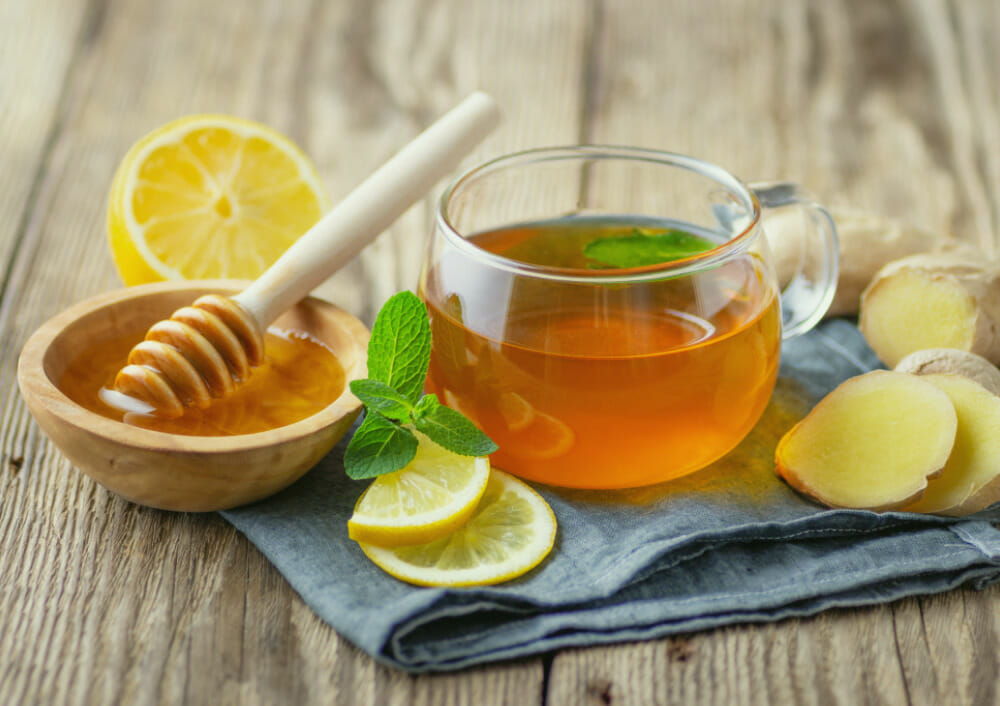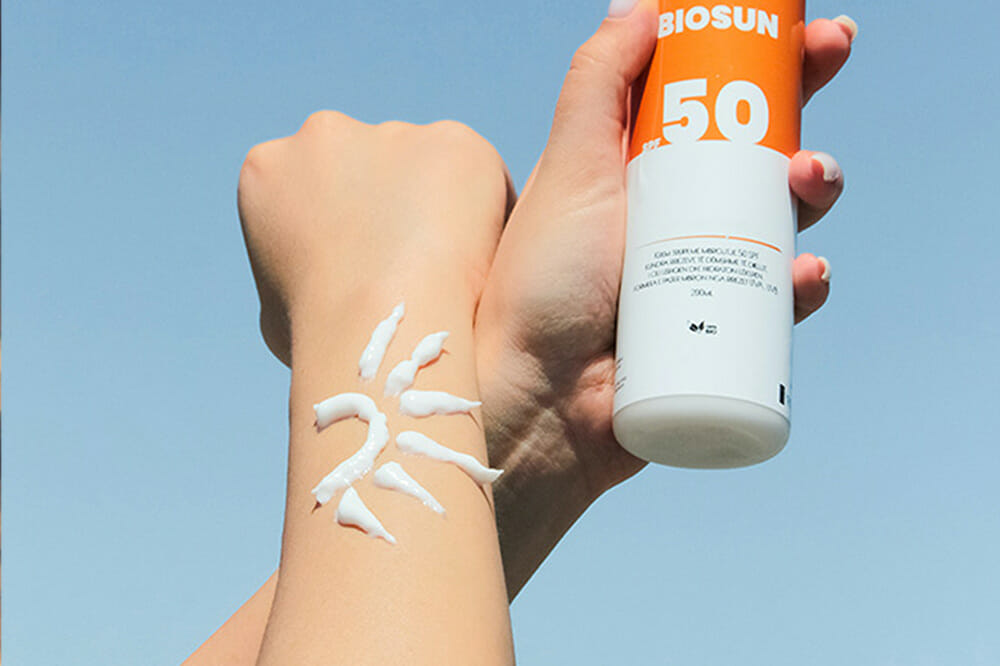- Ginger: This natural wonder can soothe a sore throat, reduce inflammation, and alleviate the nausea often associated with colds. You can prepare ginger tea by steeping fresh ginger slices in hot water or simply add ginger to your meals.
- Garlic: A potent antimicrobial and immune booster, garlic can be minced into soups, stews, or even spread on toast for a flavorful and healing twist.
- Salt Water Gargle: To reduce throat inflammation and temporarily ease discomfort, mix half a teaspoon of salt into a glass of warm water and use it as a gargle.
- Honey: This golden elixir is a natural cough suppressant and throat-soothing remedy. A teaspoon of honey, whether taken on its own or mixed with warm water, can help ease coughing and provide relief for a sore throat. However, it’s essential to note that honey should not be given to children under one year of age.
- Herbal Teas: Peppermint, echinacea, and chamomile teas are wonderful additions to your cold-fighting arsenal. Peppermint tea can help clear nasal passages, echinacea tea boosts your immune system, and chamomile tea provides soothing relief for sore throats.
- Chicken Soup: Chicken soup is more than just comfort food; it can genuinely help alleviate cold symptoms. The warm broth soothes a sore throat and provides hydration, while the vegetables and chicken in the soup offer essential nutrients to support your immune system.
- Steam Inhalation: Steam inhalation is a time-tested remedy for clearing congestion and relieving nasal discomfort. Boil a pot of water, lean over it with a towel draped over your head, and inhale the steam. Adding a few drops of eucalyptus or peppermint essential oil to the water can enhance its decongestant properties.
Remember, if your symptoms persist or worsen, it’s important to consult a healthcare professional for proper diagnosis and treatment.
Disclaimer: No content on this site, regardless of date, should ever be used as a substitute for direct medical advice from your doctor or other qualified clinician.









